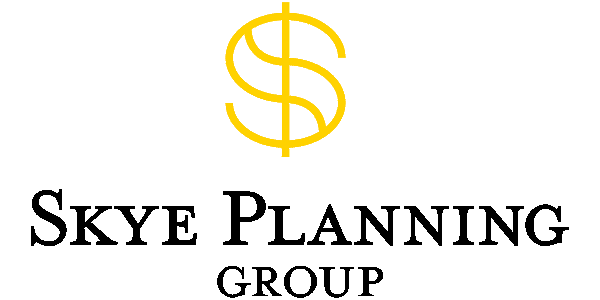Saskatchewan 2023 Budget Highlights
Saskatchewan 2023 Budget Highlights
On March 22, 2023, the Saskatchewan Minister of Finance announced Saskatchewan’s 2023 budget. This article covers the most important things you need to know.
No Changes To Corporate or Personal Tax Rates
There are no changes to Saskatchewan’s corporate or personal tax rates in Budget 2023.
Corporate Tax Incentives
Budget 2023 contains several measures that impact corporate tax incentives:
-
It extends the Saskatchewan Manufacturing and Processing Exporter Tax, which provides a non-refundable tax credit to eligible corporations, to December 31, 2023. This incentive offers non-refundable tax credits to qualifying corporations that recruit extra full-time employees in the manufacturing and processing sector, exceeding the number employed in 2014.
-
$4 million has been committed to expanding the Targeted Mineral Exploration Incentive, which provides a rebate on eligible drilling expenditures.
-
It increases funding for the Creative Saskatchewan Production Grant Program for film and television to $12 million.
Saskatchewan Mineral Exploration Tax Credit
The Saskatchewan Mineral Exploration Tax Credit (SMETC) is a non-refundable tax credit available to Saskatchewan taxpayers who invest in eligible flow-through shares issued by mining or exploration companies. The budget increases this tax credit to 30% (from 10%), effective the 2023 taxation year.
Provincial Sales Tax Changes
Budget 2023 introduced the following changes to exempt all of the following from the Provincial Sales Tax:
-
Labour costs and materials to repair and install exempt medical equipment into real property. This is effective as of April 1, 2023.
-
Various rigs, including commercial geothermal drilling rigs. This is retroactive to April 1, 2017.
-
Storage buildings used for storing commercially grown fruits and vegetables. Also, boats with attached harvesting equipment when primarily used in rice farming. This is retroactive to April 1, 2019.
Commitments to Healthcare, Education and Social Services
Budget 2023 contains a financial commitment to improving or expanding healthcare, education, and social services:
-
$7.1 billion is committed to healthcare services, focusing on strengthening the healthcare system, attracting more doctors and nurses, and providing support for mental health and addiction programs and services.
-
$3.1 billion for education, childcare and libraries.
-
$1.7 billion is committed to social services. Several types of benefits, including Saskatchewan Income Support, Saskatchewan Assured Income for Disability, the Seniors’ Income Benefit, and the Personal Care Home Benefit, will increase.
Infrastructure Spending
The government has budgeted almost $4 billion for capital projects this year. These are some of the highlights:
-
$98.6 million for the Victoria Hospital in Prince Albert.
-
$38 million for the Weyburn General Hospital.
-
$20 million for a La Ronge long-term care home.
-
$776 million on provincial roads and highways.
-
$152.3 million for education capital, for both renovating existing schools and constructing new ones.
We can help!
We can help you determine how this year’s budget may impact your personal or business finances. Get started today and give us a call!





